Wrapped in a Kimono, surrounded by history.
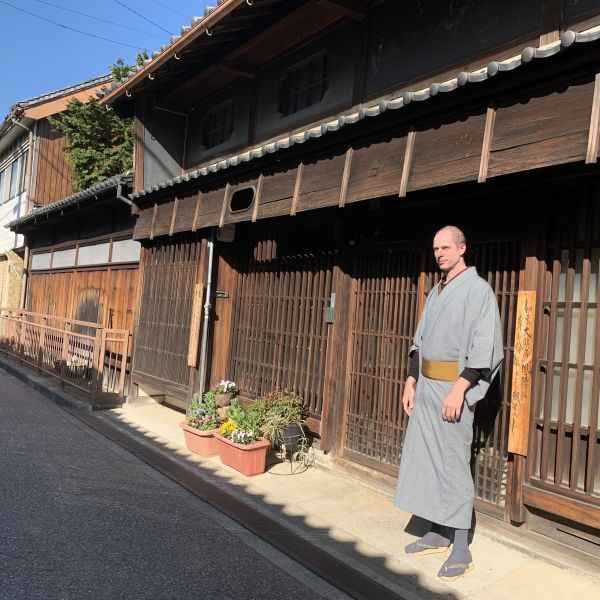
Tsu City’s Isshinden is Japan’s forgotten treasure. Once a major thoroughfare town, Isshinden is home to several important artifacts.Wear a rental kimono for a fun tour and photo shoot!
Okamoto-ya
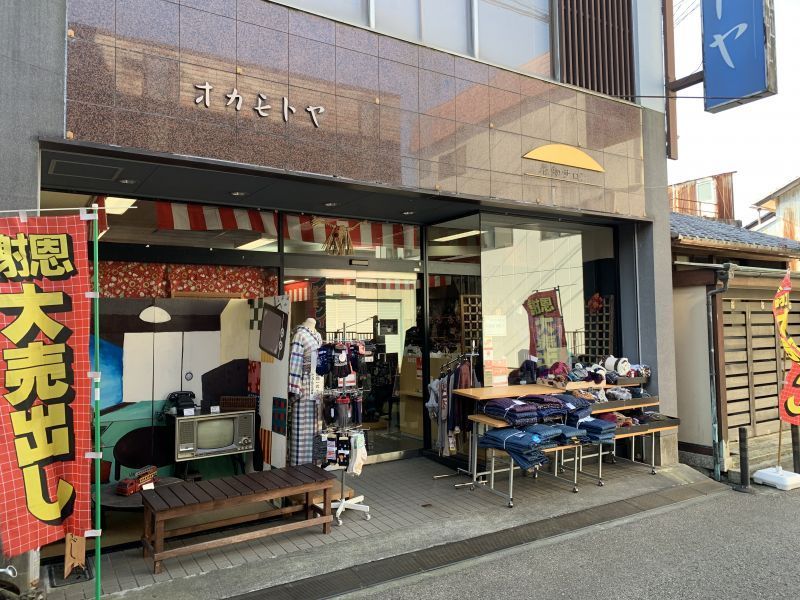
Excited to try on a kimono for the first time, I headed to Okamoto-ya, a kimono shop that offers rental kimonos in addition to selling them. With the old CRT TV and rotary phone on display outside the shop, I knew I was about to step back in time.
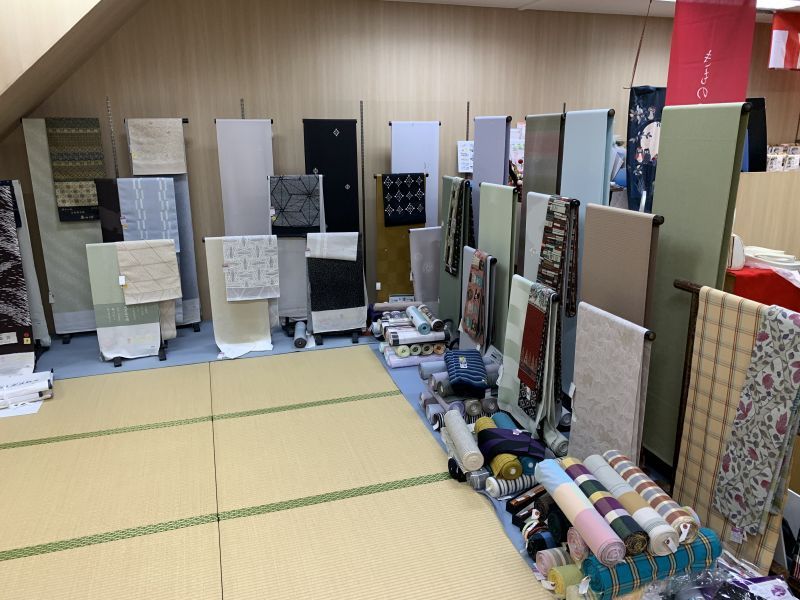
I requested a rental kimono and the staff went right to work. They gave me a choice between two colors and I went with the grey. They also explained about the many many patterns they have for kimonos for purchase.
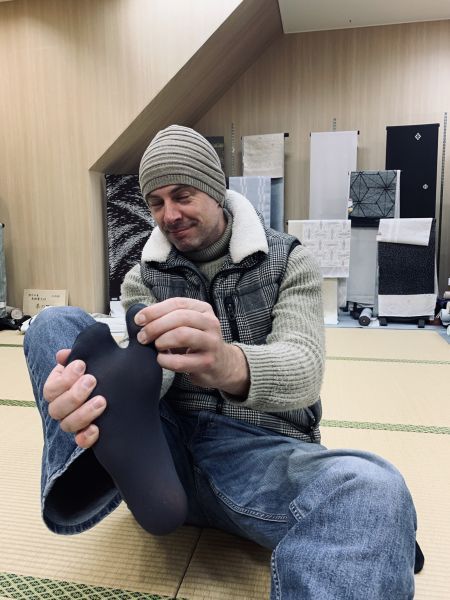
First step was to put on the “tabi” socks, a special kind of sock that separates the big toe from the others so you can wear the “geta” traditional shoes.
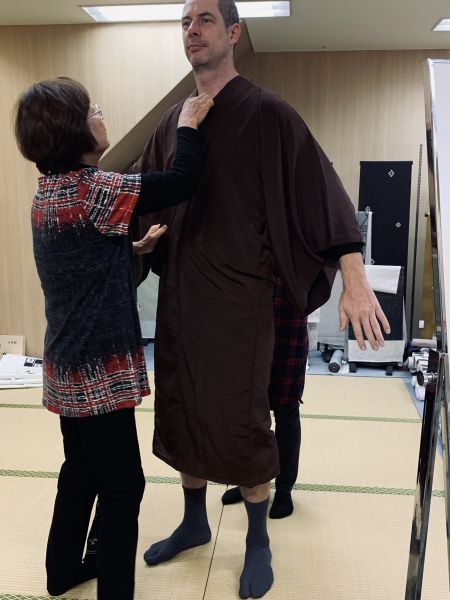
Next was the first layer.
The women were very attentive to detail as they put the kimono on me.
The women were very attentive to detail as they put the kimono on me.
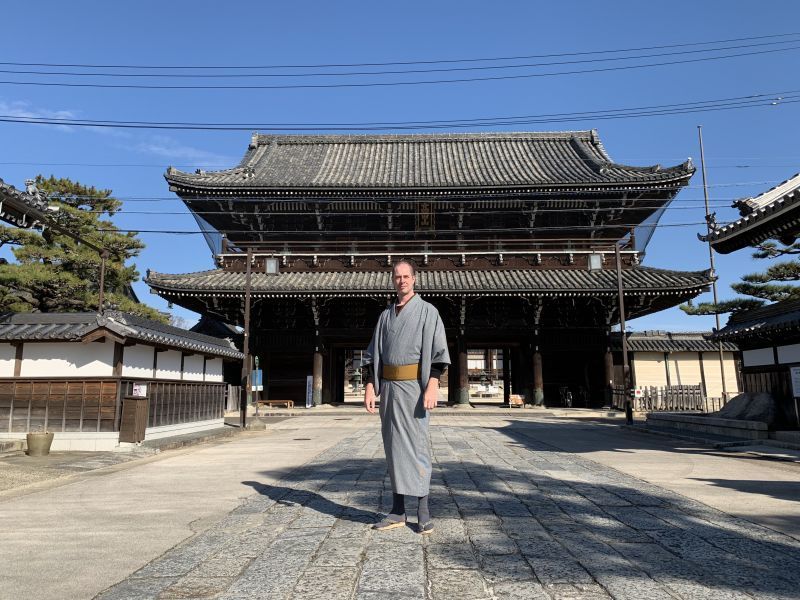
It was time to go for a walk! I found it quite difficult to walk quickly while wearing a kimono. My stride was quite constricted so it was just small, elegant (I hope!) steps for me.
I found myself holding my wallet and phone but without a pocket to put them away. No worries! You can tuck such small items inside the sleeves of your kimono and they are hidden away. These can also be used to keep your hands warm in cooler weather!
Not far from the kimono shop, there are several local temples. Quite ideal for taking some great photos while in “costume“. This area is called Isshindencho and has quite an interesting background. As thousands of visitors to Ise Shrine made their way from Edo, or ancient Tokyo down the Isekaido Road, or from Osaka via the Ise-Betsukaido Road, they all came here, where the two roads converged and a single road led south to Ise Shrine.
I found myself holding my wallet and phone but without a pocket to put them away. No worries! You can tuck such small items inside the sleeves of your kimono and they are hidden away. These can also be used to keep your hands warm in cooler weather!
Not far from the kimono shop, there are several local temples. Quite ideal for taking some great photos while in “costume“. This area is called Isshindencho and has quite an interesting background. As thousands of visitors to Ise Shrine made their way from Edo, or ancient Tokyo down the Isekaido Road, or from Osaka via the Ise-Betsukaido Road, they all came here, where the two roads converged and a single road led south to Ise Shrine.
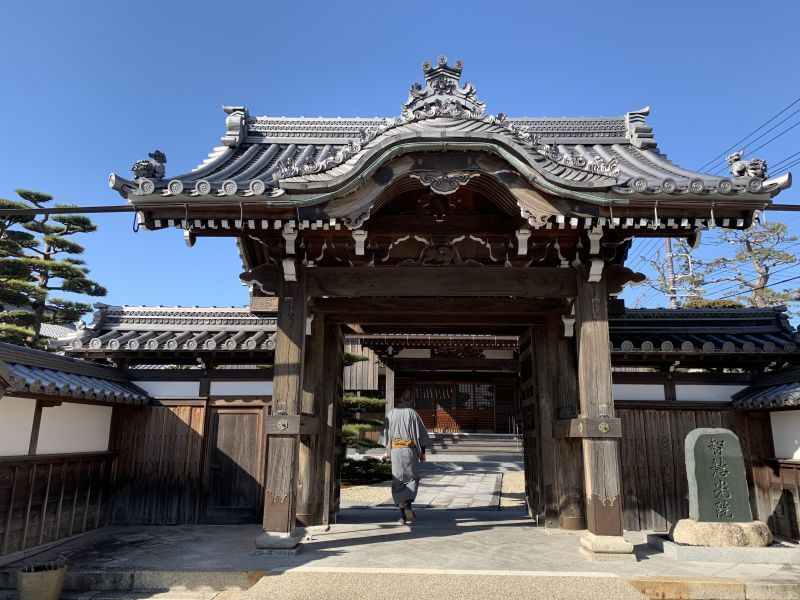
In its peak, thousands of travelers passed through this area, visiting the many temples in the area. Now, it is mostly unknown, but a real treat as there are no crowds to fight like in Kyoto or Nara.
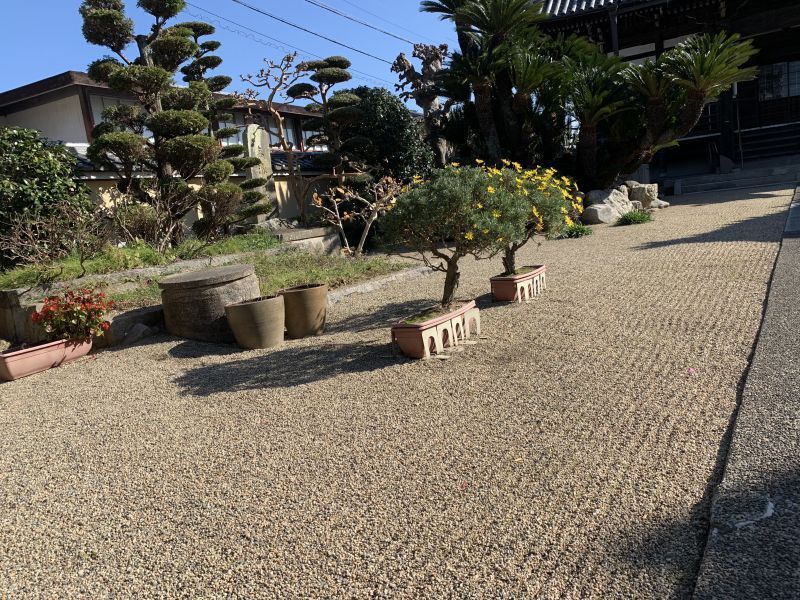
The rock gardens of this building was beautifully designed. It was simple and elegant at the same time.
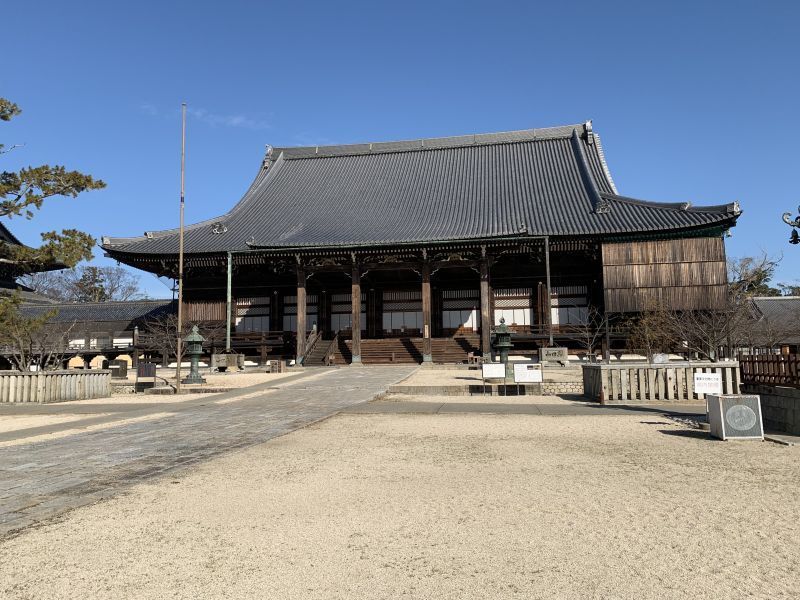
The grounds of the main temple, Takada Temple, are huge. A thousand people could come here and there would still be room to move around freely!
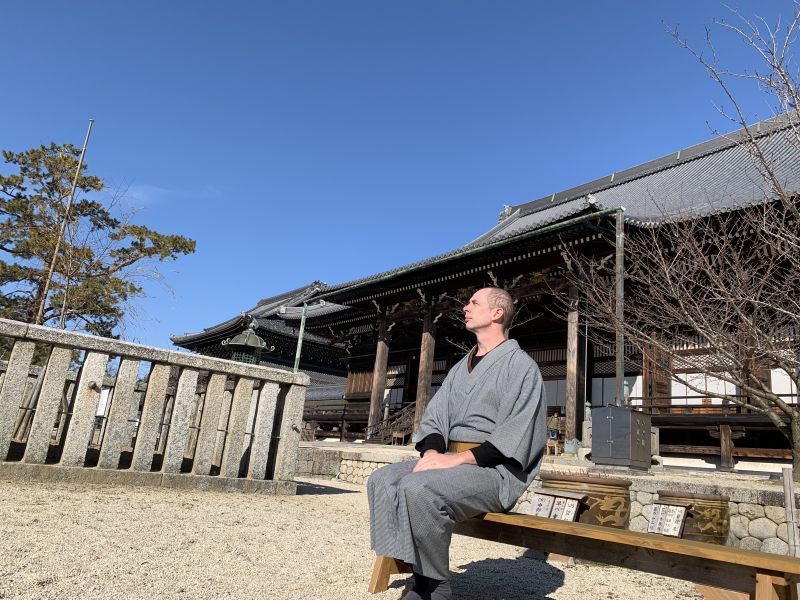
I couldn’t have asked for better weather - it was nearly a cloudless sky. But the wind was blowing strong and it’s a little cold. Not surprising as it is the middle of December.
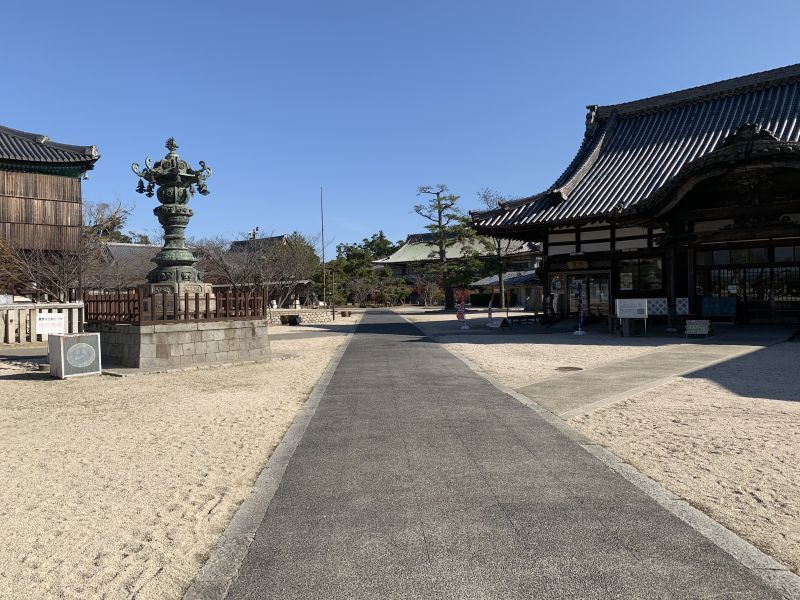
Fortunately, there is a free rest area where you can warm up. Here you can sit down and enjoy some complementary hot tea while relaxing in the heated room. There are various souvenirs available and a small menu with snack items available.
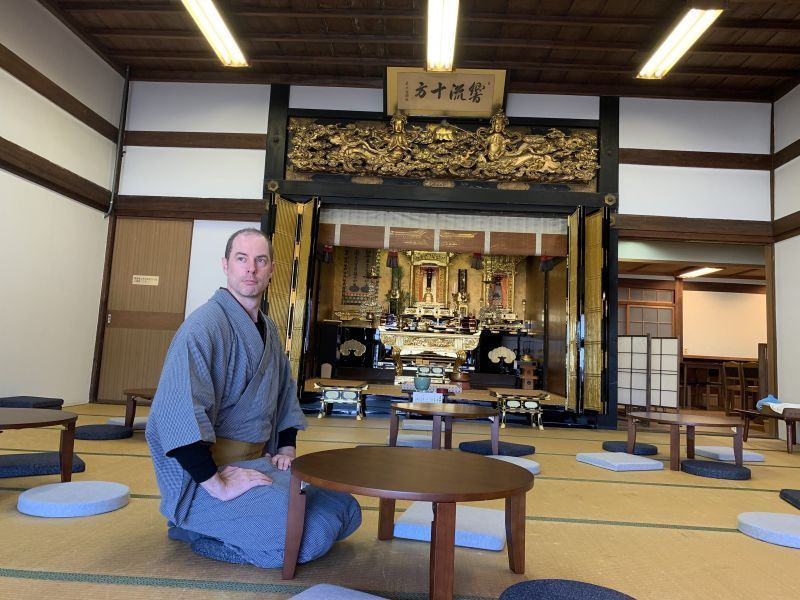
Next door there is a small souvenir shop with notebooks, fancy bags and various kinds of prayer beads. There’s even an elevated sitting area in front of an altar of sorts where you can take a break if you like.
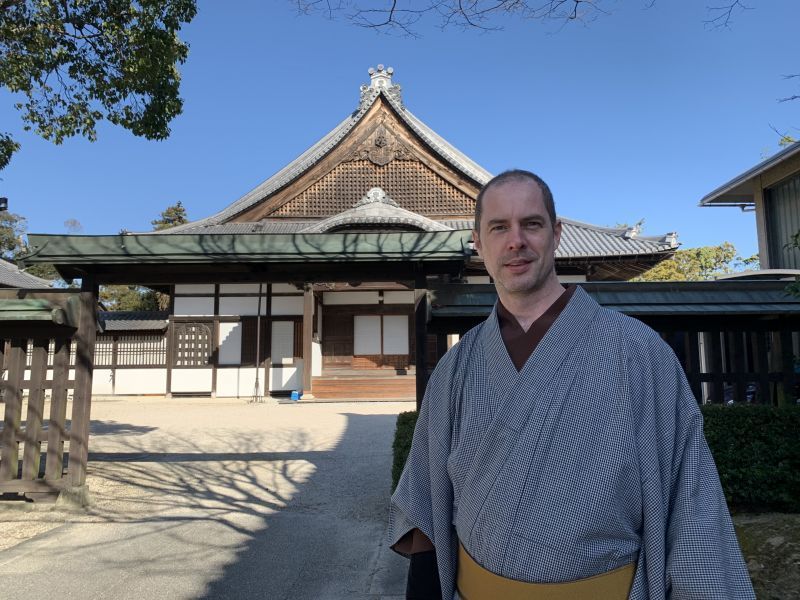
I would definitely recommend coming here with a guide. In addition to having someone to explain everything to you, you would also be able to ask them to take photos for you! It’s a lot easier than asking some random stranger.
Isshinden Jinaicho no Yakata
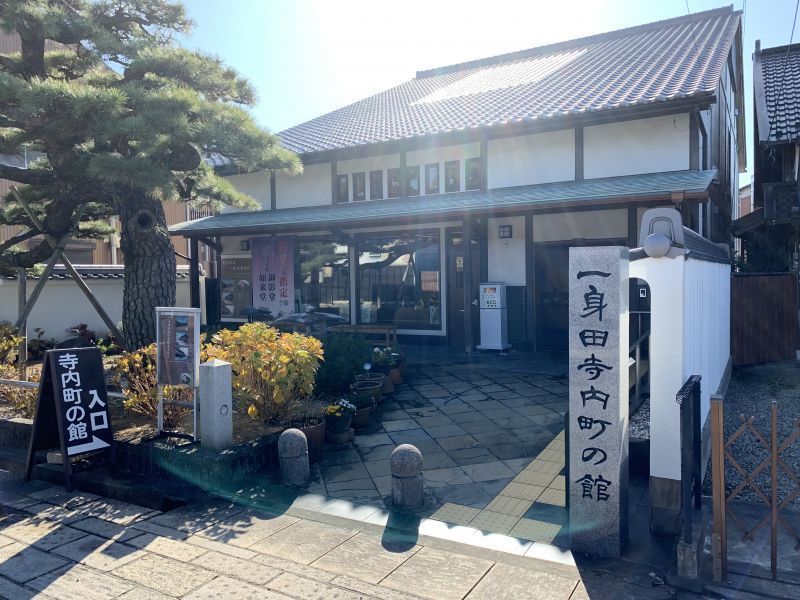
Towards the end of my walk, I visited a small visitors center. It was a welcome warm resting spot after walking slowly down the cold street. Here you will find a lot of information but only a basic outline in English. I recommend coming here first to get a map of the area and information about the temples before you start visiting. There are at least 12 temples here and 4 cultural assets kept within Isshindecho!

Inside, you will find a large diorama detailing the layout of the area. Isshindencho was a gateway area for visitors to Ise Shrine. There was one gate for people travelling to and from Edo (Tokyo) and Owari (Nagoya) via the Isekaido Road. Another for those travelling on the Ise-Betsukaido Road leading to Osaka. The last gate was for people travelling between this point and Ise, where the Grand Ise Shrine has been for hundreds of years.
The entire area is about twice the size of Tokyo Dome.
The entire area is about twice the size of Tokyo Dome.
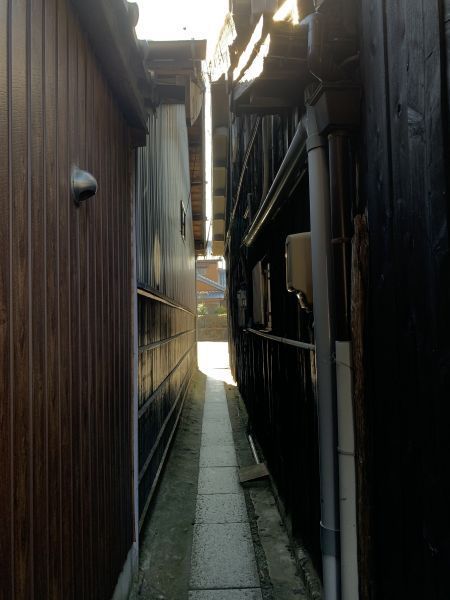
You’ll notice in the diorama what appear to be narrow paths leading between houses. If you actually go to those points, you will find that you can still walk on these ancient paths separating the houses!
UNAGI(EEL)~Shintamatei~
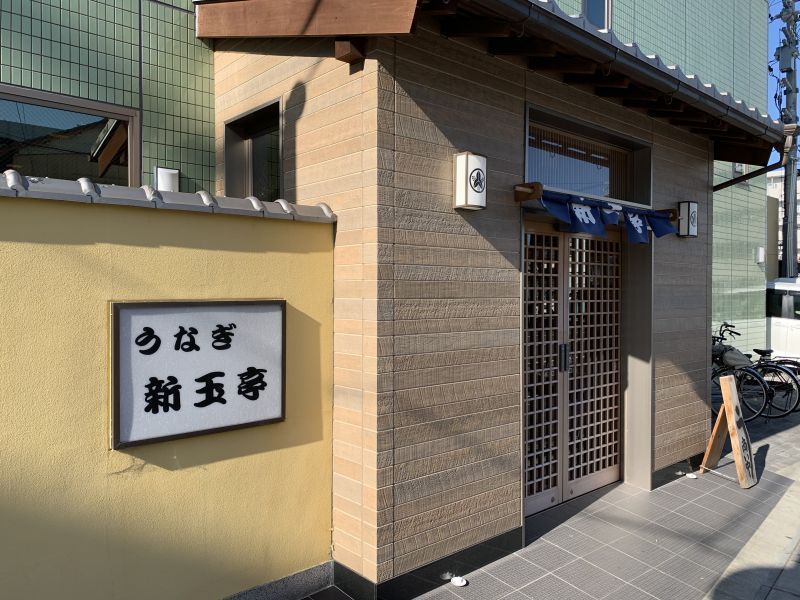
After the enjoyable morning walk, I was ready for lunch! Back at the kimono shop, I removed the kimono - you can just leave it in a pile and they will take care of it, and headed into town to visit an eel, or unagi shop for a delicious lunch.
I went to Shintama-tei, in the downtown area of Tsu. Tsu is famous for eel so I was really looking forward to it!
I went to Shintama-tei, in the downtown area of Tsu. Tsu is famous for eel so I was really looking forward to it!
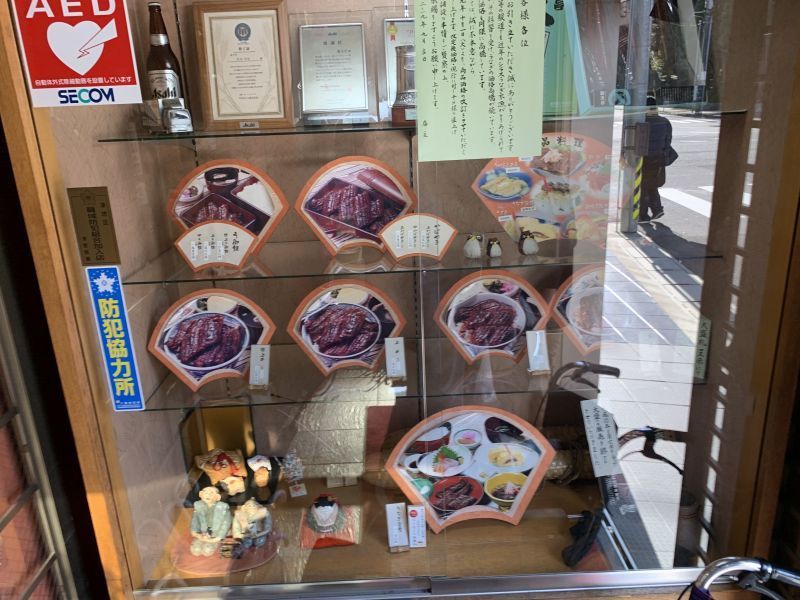
In the display case, you can get an idea of what they have to offer. It was a little difficult to choose as it wasn’t clear what exactly was included in the set. But that’s part of the adventure, right?
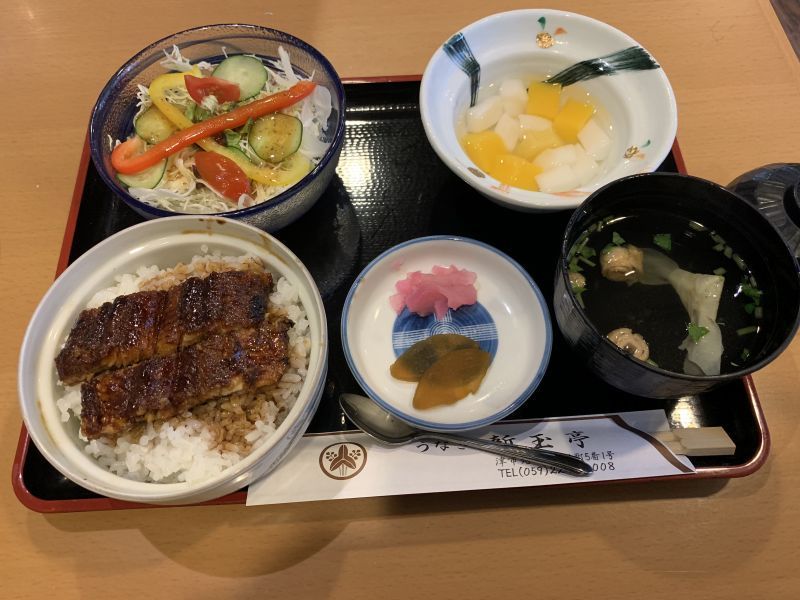
A bigger lunch set would have been best for me, but eating the eel was a great way to finish off my morning tour.
The set I ordered was too small for me. Maybe it was all that walking around that made me hungrier than usual? It’s a simple set, but tasted good.
Eating the eel was a great way to finish offmy morning tour.
The set I ordered was too small for me. Maybe it was all that walking around that made me hungrier than usual? It’s a simple set, but tasted good.
Eating the eel was a great way to finish offmy morning tour.